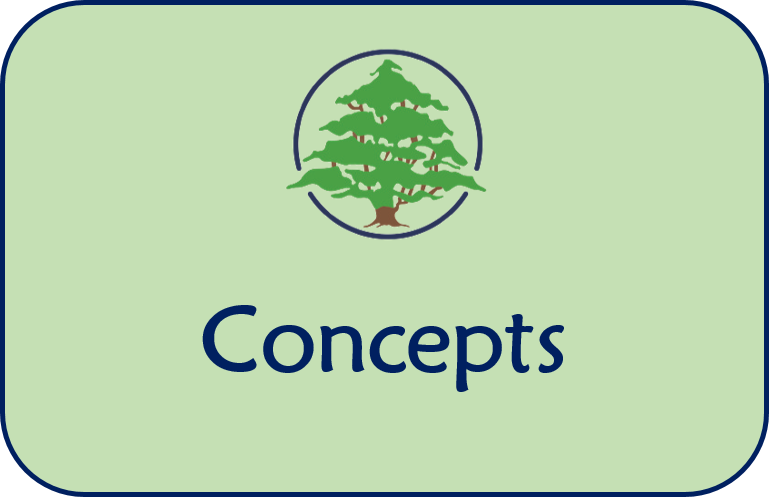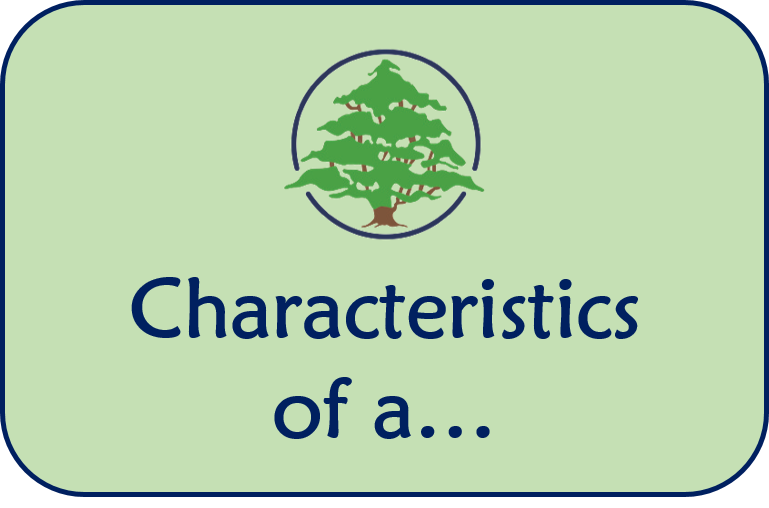Geography
Geography at Stocksbridge Junior School
Our vision for geography is to ignite a lifelong curiosity and wonder about the world that we live in. Lessons serve the purpose of allowing pupils to explore their identity whilst also exploring how they relate to others around the world. Our lessons are designed to instil within students a rich understanding of locations, cultures, resources and the intricate interplay between natural and human environments. Our aim is to foster an appreciation for the discipline of geography; appreciating how it influences our daily lives at both a local and global scale. Our geography curriculum is designed to ensure that pupils have a secure understanding of the four strands of the national curriculum: locational knowledge, place knowledge, human and physical geography and geographical skills and fieldwork.
Intent
At Stocksbridge Junior School, our teaching of geography is ambitious, and our intention is to equip pupils with essential geographical skills, which will enable them to develop their knowledge of people, places and environments; both human and physical. Our aim is to provide pupils with quality first geography teaching, alongside a breadth of memorable experiences, to ensure that we shape pupils into curious and considerate global citizens.
Our geography teaching will help pupils to acquire and develop the skills and confidence to undertake investigations, problem solve and seek answers to their own questions through exploration and research. By inspiring pupils’ sense of responsibility for the environment and people of the world we live in, we can increase their awareness of our changing planet and what is needed to improve and sustain it for future generations. Through our teaching, we intend to develop the respect for and interest in different cultures and an understanding of the relationship that the United Kingdom has with other countries.
The geography curriculum at Stocksbridge Junior School revolves around seven fundamental concepts, aligning with the national curriculum's four strands: locational knowledge, place knowledge, human and physical geography, and geography skills and fieldwork. These principles encompass further concepts which are woven throughout our curriculum: place, space, scale, interdependence, physical and human geography, environmental impact and sustainability and cultural awareness and diversity. There is an interplay between these four strands of the national curriculum and the concepts within them do not exist in isolation from each other. For this reason, elements of each strand appear within all of our geography enquiries.
We ensure we build upon the knowledge and skills taught in key stage 1 to ensure that a broad programme of study is taught in geography that enables our pupils to make cumulative progress in this area. For example, in key stage 1, pupils learn about the UK and its traditions and this is built up on Year 3 where pupils conduct a more in-depth study of the UK and its human and physical features as well as where it is located in comparison to the rest of the world.
Our geography curriculum is designed to ensure that every pupil leaves key stage 2 academically and emotionally prepared for the next phase of their learning journey. We ensure pupils are equipped with the skills, knowledge and confidence to continue their learning in geography in key stage 3 and beyond.
Implementation
The geography curriculum at Stocksbridge Junior School is structured around the three types of knowledge: substantive, disciplinary and procedural. As stated in the Research review series: Geography, published 17 June 2021, substantive knowledge sets out the content that is to be learned and equips pupils with established facts of the world. Disciplinary knowledge considers how geographical knowledge originates and how it is debated and contested which allows pupils to learn the practices of geographers. Procedural knowledge finally equips pupils with the knowledge of how to use geographical skills.
These types of knowledge are delivered through key concepts carefully selected to ensure that when pupils encounter them again and again throughout the geography curriculum, they deepen their knowledge and retain essential information that they can apply within and beyond lessons. These concepts provide pupils with a shared vocabulary to talk, think and work like a geographer. Through repeated exposure throughout the concepts within the curriculum, pupils develop a deeper understanding of how these key concepts interconnect and influence one another.
Key Concepts:
- Place
- Space
- Scale
- Interdependence
- Physical and human geography
- Environmental impact and sustainability
- Cultural awareness and diversity
The key concepts are embedded within the geography curriculum through four strands of the national curriculum: locational knowledge, place knowledge, human and physical geography and geographical skills and fieldwork. Throughout each unit of work, children revisit the key concepts ensuring that our pupils develop substantive, disciplinary and procedural knowledge in geography.
By the end of the key stage, the national curriculum attainment targets are securely met. Our progression of knowledge and skills across the key stage ensures that our pupils build upon their learning each time they encounter the key concepts through the strands of the national curriculum.
Impact
At Stocksbridge Junior School, our pupils develop, extend and build upon their geography learning throughout key stage 2. Medium-term plans outline the end points for each geography enquiry which detail the substantive knowledge that pupils should have acquired during that enquiry. There are planned opportunities within each geography lesson to revisit and retrieve knowledge to ensure that this knowledge is becoming ‘sticky’ and is becoming embedded in pupils’ long-term memory. With a strong emphasis in the geography planning on the teaching of vocabulary, there are planned opportunities within each enquiry to allow pupils to ‘write like a geographer’. This is an effective way for teachers to assess the impact of how well pupils have understood key concepts and vocabulary and how well they can apply this to an independent piece of writing.
At the end of an enquiry, summative assessment papers are completed by pupils. Questions will link explicitly to the substantive knowledge that pupils will have acquired and results from these assessments will inform teachers’ planning, will help to address misconceptions and will highlight any knowledge that has not yet become ‘sticky’.
A range of formative assessment strategies are used within geography lessons to effectively track pupils’ learning and to highlight any intervention that may need to happen at the point of learning. Strategies include:
- Word Ban cards
- Follow Me cards
- Cloze Procedure activities
- Kahoot quizzes
- Super six
To assess the impact of geography skills and knowledge, we use a range of strategies including:
- Book looks
- Pupil voice interviews
- Lesson observations
- Staff feedback questionnaires
Stocksbridge Junior School Curriculum for Geography
The National Curriculum for Geography
Purpose of study
A high-quality geography education should inspire in pupils a curiosity and fascination about the world and its people that will remain with them for the rest of their lives. Teaching should equip pupils with knowledge about diverse places, people, resources and natural and human environments, together with a deep understanding of the Earth’s key physical and human processes. As pupils progress, their growing knowledge about the world should help them to deepen their understanding of the interaction between physical and human processes, and of the formation and use of landscapes and environments. Geographical knowledge, understanding and skills provide the framework and approaches that explain how the Earth’s features at different scales are shaped, interconnected and change over time.
Aims
The national curriculum for geography aims to ensure that all pupils:
- Develop contextual knowledge of the location of globally significant places – both terrestrial and marine – including their defining physical and human characteristics and how these provide a geographical context for understanding the actions of processes.
- Understand the processes that give rise to key physical and human geographical features of the world, how these are interdependent and how they bring about spatial variation and change over time.
- Are competent in the geographical skills needed to:
- Collect, analyse and communicate with a range of data gathered through experiences of fieldwork that deepen their understanding of geographical processes.
- Interpret a range of sources of geographical information, including maps, diagrams, globes, aerial photographs and Geographical Information Systems (GIS).
- Communicate geographical information in a variety of ways, including through maps, numerical and quantitative skills and writing at length.
Subject content: key stage 2
Pupils should extend their knowledge and understanding beyond the local area to include the United Kingdom and Europe, North and South America. This will include the location and characteristics of a range of the world’s most significant human and physical features. They should develop their use of geographical knowledge, understanding and skills to enhance their locational and place knowledge.
Pupils should be taught to:
Locational knowledge
- Locate the world’s countries, using maps to focus on Europe (including the location of Russia) and North and South America, concentrating on their environmental regions, key physical and human characteristics, countries, and major cities.
- Name and locate counties and cities of the United Kingdom, geographical regions and their identifying human and physical characteristics, key topographical features (including hills, mountains, coasts and rivers), and land-use patterns; and understand how some of these aspects have changed over time.
- Identify the position and significance of latitude, longitude, Equator, Northern Hemisphere, Southern Hemisphere, the Tropics of Cancer and Capricorn, Arctic and Antarctic Circle, the Prime/Greenwich Meridian and time zones (including day and night).
Place knowledge
- Understand geographical similarities and differences through the study of human and physical geography of a region of the United Kingdom, a region in a European country, and a region in North or South America.
Human and physical geography
- Describe and understand key aspects of:
- Physical geography, including: climate zones, biomes and vegetation belts, rivers, mountains, volcanoes and earthquakes, and the water cycle.
- Human geography, including: types of settlement and land use, economic activity including trade links, and the distribution of natural resources including energy, food, minerals and water.
Geographical skills and fieldwork
- Use maps, atlases, globes and digital/computer mapping to locate countries and describe features studied.
- Use the 8 points of a compass, 4- and 6-figure grid references, symbols and key (including the use of Ordnance Survey maps) to build their knowledge of the United Kingdom and the wider world.
- Use fieldwork to observe, measure record and present the human and physical features in the local area using a range of methods, including sketch maps, plans and graphs, and digital technologies.


